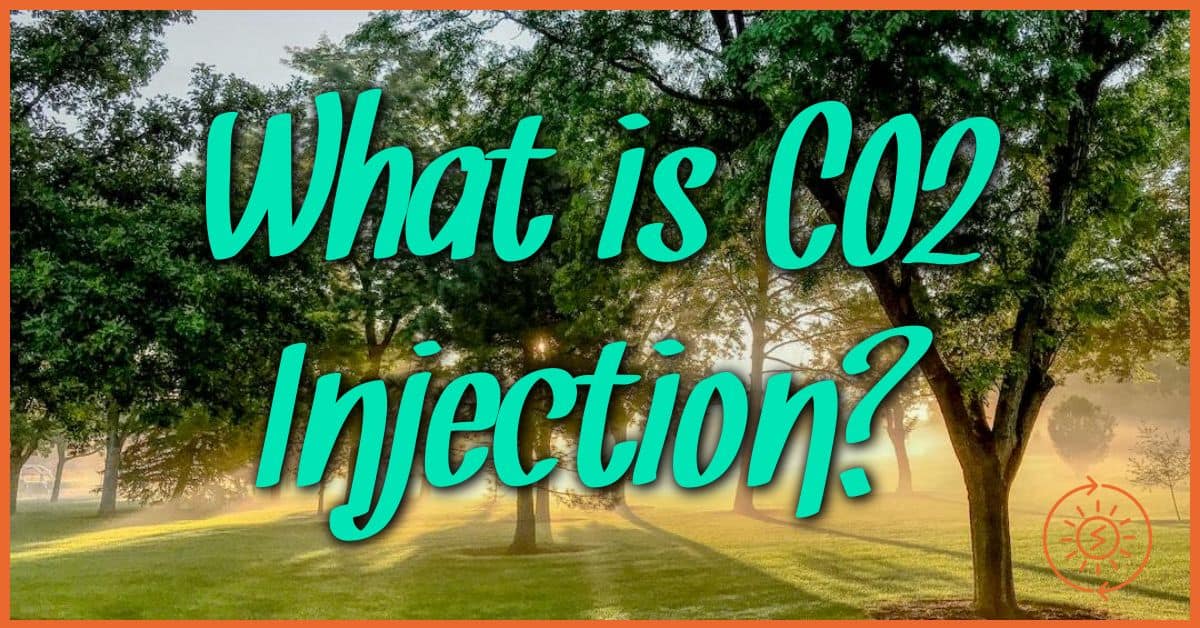When we think about solar installations, the focus often lands on clean energy and reducing carbon footprints. But there’s another powerful benefit that doesn’t always get the spotlight—how these installations can support biodiversity. It’s fascinating how renewable energy solutions can create unexpected opportunities for wildlife and ecosystems.
I’ve seen how well-designed solar farms can transform underutilized land into thriving habitats. From pollinators like bees and butterflies to small mammals and birds, these spaces can become sanctuaries for various species. Solar installations aren’t just about powering homes; they’re about reimagining how we coexist with nature.
Understanding Solar Installations And Biodiversity
Solar installations serve a dual purpose by generating renewable energy while supporting environmental conservation. By integrating biodiversity-focused designs, these sites transform into important habitats. Native plants, for example, introduced around solar panels, create spaces for pollinators like bees and butterflies to thrive.
Managing vegetation actively in solar farms ensures proper ground coverage and supports species like small mammals and ground-nesting birds. Minimizing soil disturbance in these areas protects local ecosystems and promotes long-term soil health. Compatibility between clean energy production and ecological restoration makes solar installations unique contributors to biodiversity.
Solar farms often avoid the use of harmful pesticides. This benefits surrounding flora, fauna, and water systems. Functional biodiverse spaces near renewable energy infrastructures improve ecosystem services, including soil stabilization and natural pest control.
How Solar Installations Support Ecosystems
Strategically designed solar installations provide measurable benefits to ecosystems, fostering biodiversity while delivering renewable energy. These sites promote habitat restoration, pollinator health, and the protection of vulnerable species.
Habitat Creation And Restoration
Solar installations transform underutilized or degraded land into valuable habitats. Native vegetation planted around and beneath panels supports wildlife like birds, small mammals, and insects. By incorporating buffer zones and wildflower corridors, these areas improve the connectivity between fragmented habitats. Proper vegetation management ensures soil stability and prevents erosion, encouraging long-term ecosystem resilience.
Pollinator-Friendly Practices
Many solar farms integrate wildflowers and other pollinator-friendly plants into their landscapes. These plantings attract vital species like bees, butterflies, and moths, which support agricultural productivity by facilitating pollination. Solar farms with flowering ground covers provide continuous foraging resources, especially in regions with declining natural habitats. By avoiding harmful pesticides, these spaces prioritize pollinator health and contribute to broader ecological stability.
Protection Of Endangered Species
Carefully planned solar installations provide sanctuaries for species at risk of habitat loss. Designing these spaces with local biodiversity in mind helps endangered animals and plants thrive. For example, some projects include nesting sites for ground-dwelling birds or adapt construction processes to avoid disturbing sensitive populations. By preserving native plants and reducing land degradation, solar farms minimize threats to vulnerable ecosystems.
The Role Of Solar Farms In Climate Resilience
Solar farms contribute to climate resilience by combining renewable energy generation with environmental benefits. These installations integrate ecological strategies that mitigate climate impacts while improving land and ecosystem health.
Mitigating The Effects Of Climate Change
Solar farms reduce greenhouse gas emissions by generating clean energy, lowering dependence on fossil fuels. This shift decreases carbon dioxide and methane levels in the atmosphere, helping to stabilize global temperatures. By replacing energy-intensive land uses, such as intensive farming, with solar panels and native vegetation, these sites actively sequester carbon in the soil. Research from the U.S. National Renewable Energy Laboratory highlights that well-managed solar farms can store up to 4.5 metric tons of carbon per hectare annually, mitigating climate change on a localized level.
Positioning solar farms on degraded or marginal land maximizes unused areas while preserving greener spaces for conservation. By reducing land degradation, these installations limit soil erosion and desertification, both of which exacerbate climate risks.
Enhancing Soil Quality And Health
Solar farms boost soil health by introducing vegetative ground cover and minimizing disturbances. Native plants around solar panels enhance organic content and microbial activity, strengthening the soil’s fertility and water retention. These improvements reduce runoff and promote sustainable farming practices in surrounding areas.
Eliminating or reducing pesticide use on solar sites protects soil organisms critical for decomposition and nutrient cycles. Additionally, shaded areas beneath solar panels maintain cooler, moister soil conditions, preventing dry, compacted soil in fragile ecosystems. Findings from the University of Lancaster reveal that solar farms create microclimates, which foster soil stability and resilience against extreme weather events.
Challenges And Considerations
Solar installations provide significant biodiversity benefits, but several challenges arise during their development and management. Addressing these is essential to optimize both energy production and ecological outcomes.
Managing Land Use Conflicts
Competition for land presents one of the primary challenges when implementing solar farms. High-quality land often serves multiple purposes, including agriculture, conservation, and urbanization. Conflicts occur particularly if solar projects displace farmland or disrupt existing ecosystems. Utilizing degraded, marginal, or underused lands for solar development reduces this tension while prioritizing conservation efforts elsewhere. For example, careful site selection ensures minimal disruption to critical habitats or agricultural productivity. Stakeholder collaboration, including local communities and environmental agencies, further mitigates land-use conflicts by aligning project goals with regional priorities.
Balancing Energy Needs With Biodiversity Goals
Achieving harmony between energy output and ecosystem preservation requires thoughtful design and management. Solar installations often prioritize maximizing energy generation, which can unintentionally compromise habitat quality. Integrating biodiversity-enhancing strategies, such as planting native vegetation beneath solar panels or creating wildlife corridors, offsets this risk. For example, pollinator-friendly plants and low-impact fencing promote coexistence without reducing energy efficiency. Ongoing monitoring of biodiversity impacts and adaptive management practices ensure that energy demands remain compatible with ecological integrity, supporting both renewable energy goals and conservation objectives.
Conclusion
Solar installations offer more than just clean energy—they’re a powerful tool for promoting biodiversity and restoring ecosystems. By incorporating thoughtful designs and sustainable practices, these projects can transform underused land into thriving habitats for wildlife while addressing climate challenges.
Balancing renewable energy production with ecological preservation is key to maximizing their potential. With collaboration, careful planning, and ongoing management, solar farms can deliver lasting environmental benefits, proving that renewable energy and biodiversity can go hand in hand.





